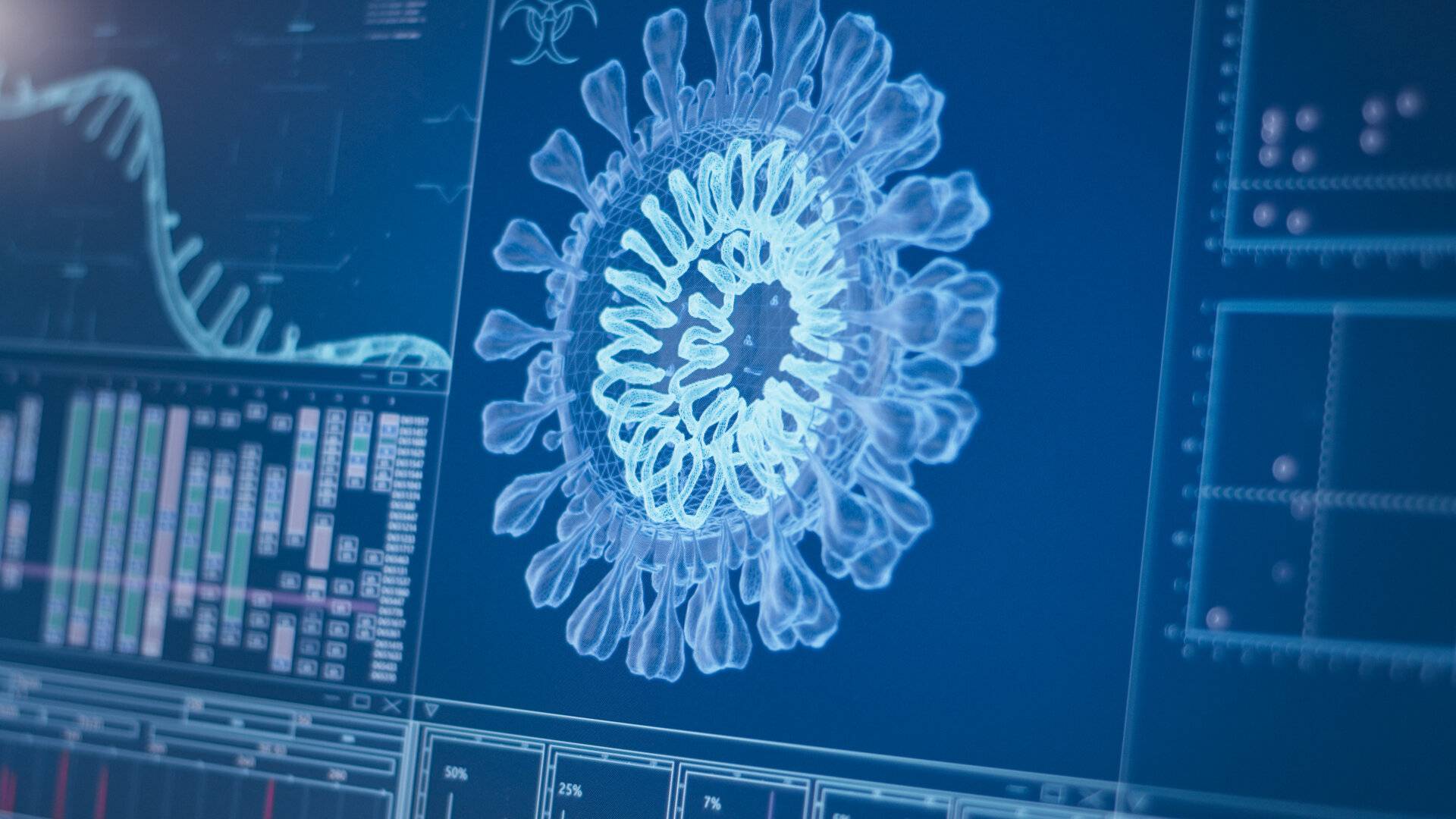Biosensors are special sensing devices that consist of bio-components and are used to detect certain conditions. As devices, these biosensors function with a bioreceptor that is installed stationary and indicates a specific biochemical reaction to be used as an indicator and detection. In this process, the device picks up the signal or result from the bioreceptor and converts it to clearly indicate the result. This signal is usually optical or electrical in nature. This detection is detectable in both qualitative and quantitative form.
Multipart structure
In the construction of biosensor technology, four parts are used in the majority of cases. The first component is the bioreceptor itself. From the technical definition, this consists of a membrane, which is used to apply enzymes or, for example, antibodies. Further the biosensor consists of a transducer, an amplifier and a detector. The detection process of biosensor technology works by recognizing certain substances, which are then brought to a reaction via a biological system, which then provides evidence of a certain state or presence of a substance. The measurement results of biosensor technology are very precise and can provide very reliable results. At the same time, the costs are very low. Especially with the progress of biotechnology and in the pharmaceutical industry, the applications for biosensors are becoming more and more widespread. There is still a lot of potential in measurement technology with biosensors.
Different types in use
Different methods and types are used in biosensing. For example, there is the use of the microbalance, which works with sensors that operate piezoelectrically. In this case, a quartz crystal is used. In terms of cost, such a measurement technique is also not problematic, because despite the fact that it can be used only once, the cost per quartz crystal is very low. Another method is the measurement method with optical measurement technology. These optical sensors in biosensor technology primarily use light to indicate how much oxygen is present in liquids. Another method is chemical sensing, which provokes certain chemical reactions and then analyzes them. In this way, the biochemical pathway indicates the changes.
Another measurement method here is working with bacteria. This involves, for example, displaying the bacterial content in water. Last but not least, a certain measurement result is achieved by using penicillin. Fungal cultures that react with penicillin are also used here. Biosensor technology is a very precise measuring method, which also does not cause high costs. There are now highly complex methods, each of which is the optimal measuring tool for different applications. It is also very advantageous that biosensor technology is a natural and therefore also sustainable measurement method.
Click on biosensors applications to learn more exciting information!
Source:
Marcin Janiec – stock.adobe.com
Read also:

